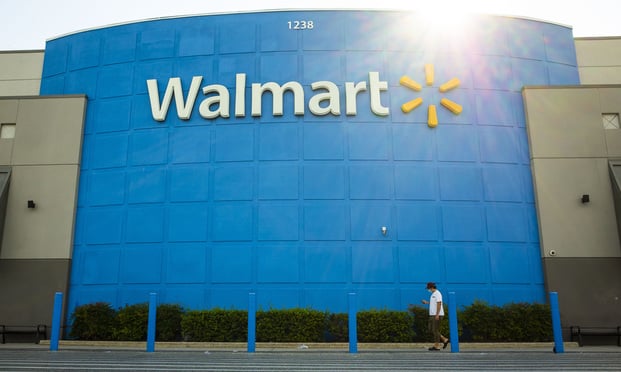 In 2018, supplemental rebate agreementsnegotiated by 46 states, combined with federal rebates, reducedprescription drug spending by more than 35 percent in those states.(Photo: Shutterstock)
In 2018, supplemental rebate agreementsnegotiated by 46 states, combined with federal rebates, reducedprescription drug spending by more than 35 percent in those states.(Photo: Shutterstock)
For those state policymakers who don't want to wait to seehow—or if—Washington will combat skyrocketing prescription drugprices, experts at the Center for American Progress have a fewrecommendations for states to act now to reducethe price tag within their own drug spending.
"Prescription drug spending has been rising steadily across theUnited States since the late 1970s," the experts write. "Congressis considering multiple approaches at the federal level to reducedrug spending, but state policymakers can also act independently toaddress this issue in the interim."
Continue Reading for Free
Register and gain access to:
- Breaking benefits news and analysis, on-site and via our newsletters and custom alerts
- Educational webcasts, white papers, and ebooks from industry thought leaders
- Critical converage of the property casualty insurance and financial advisory markets on our other ALM sites, PropertyCasualty360 and ThinkAdvisor
Already have an account? Sign In Now
© 2024 ALM Global, LLC, All Rights Reserved. Request academic re-use from www.copyright.com. All other uses, submit a request to [email protected]. For more information visit Asset & Logo Licensing.








